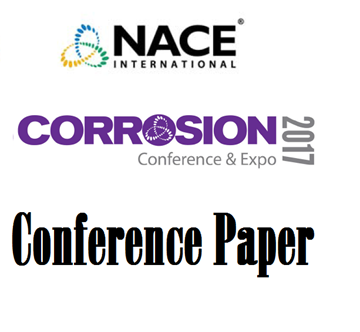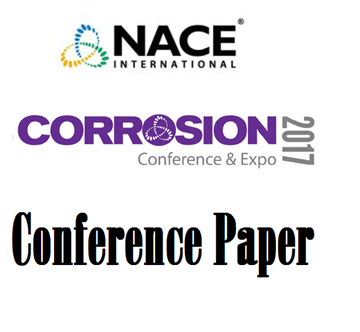Search
NACE Conference Papers
View as
Sort by
Display
per page
Introducing An Innovative Simultaneous Naphthenic Acid, Sulfidation And Mass Transport Corrosion Model
Product Number:
51321-16755-SG
Publication Date:
2021
$20.00
Intumescent Fireproof Coatings; Their Uses and Applications Don’t Get Burned Gambling on Success
Product Number:
41205-172-SG
Publication Date:
2005
$20.00
Investigating EMAT Dig Results for a Low Frequency ERW Seam Inspection
Product Number:
51317--9184-SG
ISBN:
9184 2017 CP
Publication Date:
2017
$20.00
Investigating the Effect of Temperature in the Community Structure of an Oilfield Microbial Consortium and Its Impact on Corrosion of Carbon Steel
Product Number:
51319-13343-SG
Publication Date:
2019
$20.00
Investigating the Interaction of Brine Solutions and Diluted Inhibited HCl Acid on Coiled Tubing Steel Corrosion
Product Number:
51320-14596-SG
Publication Date:
2020
$20.00
Investigation into Possible AC Corrosion from a Cathodic Protection Groundbed
Product Number:
51319-13188-SG
Publication Date:
2019
$20.00
Investigation of Acid Corrosion Inhibition Using N,N′-(1,4-phenylenebis(methyl))bis(N,N-dimethylalkan-1-aminium) Chloride Corrosion Inhibitors
Product Number:
51320-14723-SG
Publication Date:
2020
$20.00
Investigation of Amorphous Deposits and Potential Corrosion Mechanisms in Offshore Water Injection Systems
Product Number:
51317--9433-SG
ISBN:
9433 2017 CP
Publication Date:
2017
$20.00
Investigation of Anti-corrosion and Adhesion Properties of Epoxy Coatings Containing Surface Modified Fe2O3 Nano Particles on Mild Steel
Product Number:
51319-13128-SG
Publication Date:
2019
$20.00
Investigation of FeS Precipitation Kinetics by EQCM
Product Number:
51319-13425-SG
Publication Date:
2019
$20.00
Investigation of High-efficient Acidizing Inhibitors: Structure and Anti-corrosion Performance of Novel Indolizine Derivatives
Product Number:
51319-12744-SG
Publication Date:
2019
$20.00
Investigation Of Hydrogen Embrittlement Of A Low Alloy Disc Spring Material Exposed To Several Hydraulic Fluids Using Electrochemical Methods
Product Number:
51321-16853-SG
Publication Date:
2021
$20.00












